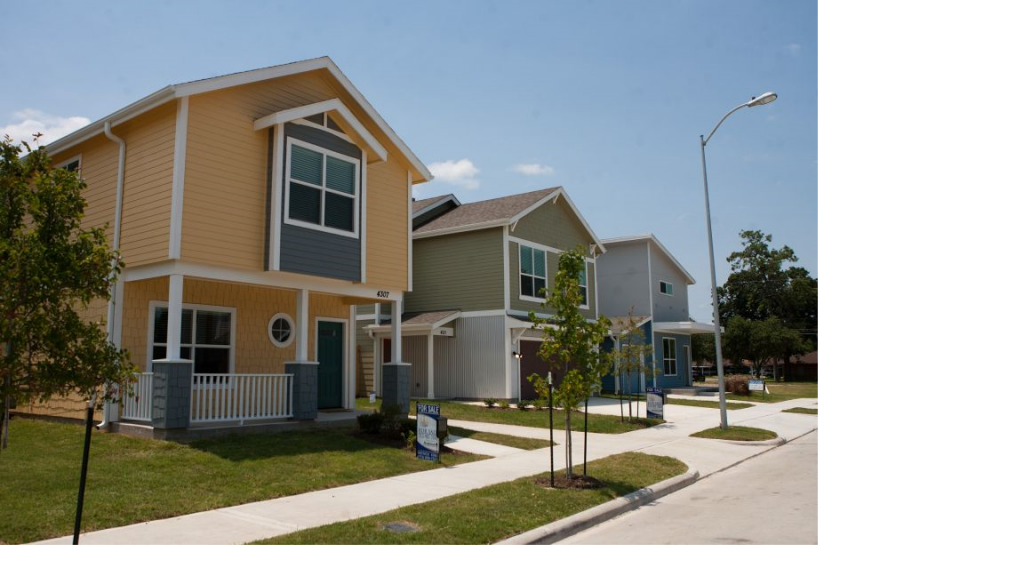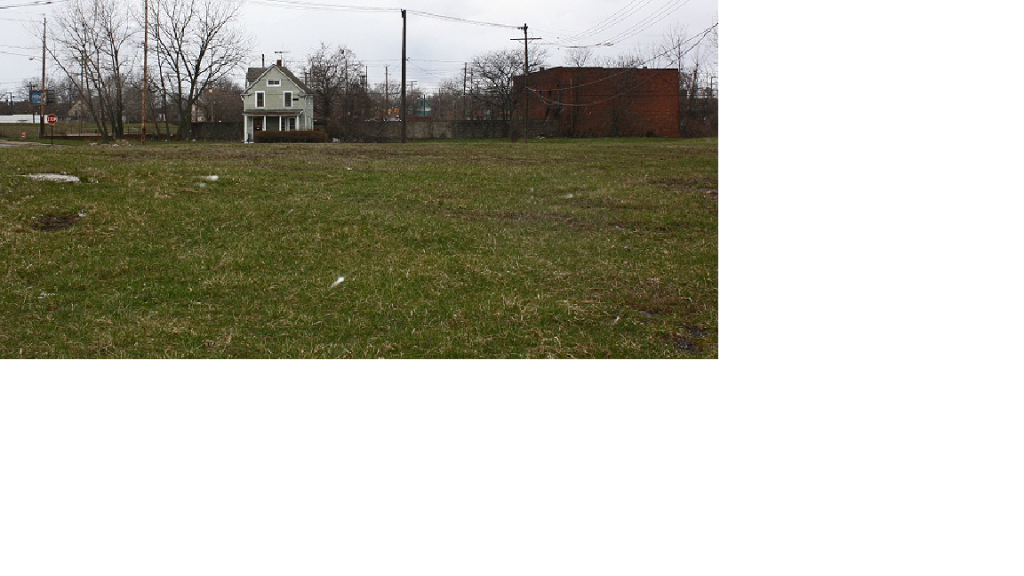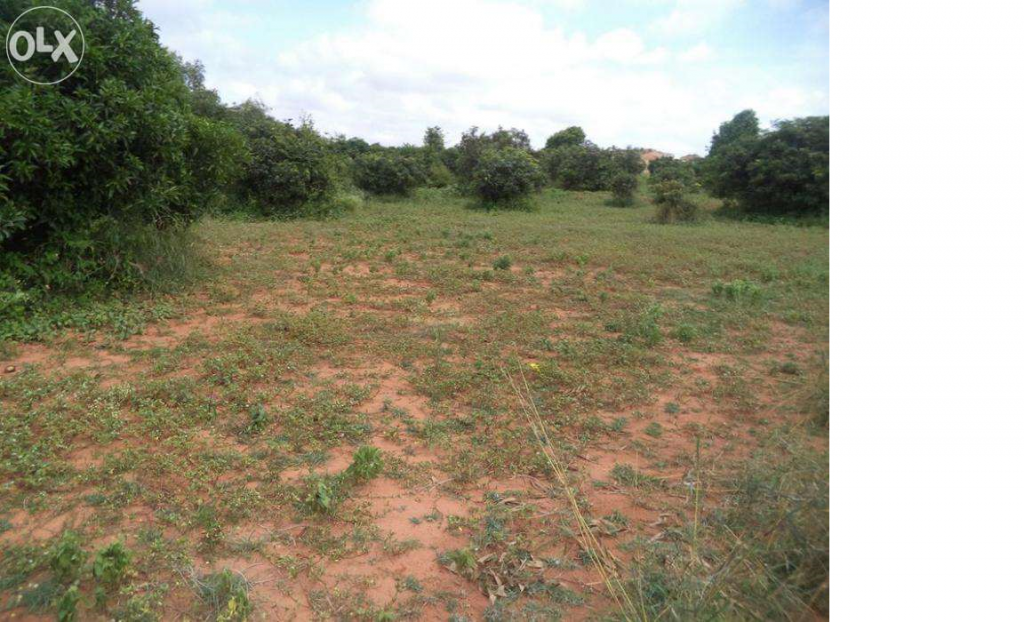Housing Analogy
If you want to understand reserves from the point of view of an analogy there is one that compares energy company reserves to fishing, which I won’t use here since it was meant as a humorous point of view for engineers. The best analogy is to the housing market, comparing an energy company to a rental/development real estate company with many houses, empty lots and raw land and asked for a professional appraisal as to what your company was worth(please no comments about the 2008 housing crash).
PDP
For an energy company PDP(proven developed producing) would be comparable to a landlord that owned a portfolio of houses and rented them out for a profit. It would be quite easy to go into the corporate books and look at the rent that was collected each month, taxes paid, maintenance capital spent, maybe even power or water costs and calculate what the portfolio would generate per month in cash flow. Considering the market for housing in the city then project the cash flow into the future, using discounted cash flow theory discount the future cash flow to today and say that your 20 house portfolio is worth $6.0 million.($300,000/house- no this is not the Calgary housing market, yet)
PDNP
PDNP designates for an energy company the wells that are not producing but all or substantially all of the capital was invested in them. This would be similar to that real estate company that either had a vacant house that was in the process of being rented out, or was in the construction process but just needed the flooring and appliances installed and then would be ready to rent. Using the information about the nearby housing rental market an appraiser could then estimate what the rent for the house(and expenses) may be to come up with a value. 3 Houses ready to rent, 1 more that needs $20,000 to finish construction. $1.18 million
PUD
PUD(Proven undeveloped) for an Energy company indicates an undeveloped part of the reservoir where a well could be drilled, but the drilling has not happened. There is much engineering and geological work that needs to be completed to determine if a well could be drilled, but lets assume that it is technically sound and a PUD location is designated.
This is comparable to an empty lot in a housing development that no house exists yet, but there is no reason that one could not be built and rented out. The lot is serviced with water, power and a road and no regulatory reason exists to not build that house. An appraiser could look at the type of house that is built in the neighborhood, get detailed cost information from the developer on the cost of building the house from actual costs in the last year, and the operating costs from the offset rental houses. In the same way using discounted cash flow theory the future cash flow would be calculated and the value of the lot could be determined. 10 lots x $35,000/house NPV(value less the cost of construction) = $350,000.
Probable
For an Energy company the probable reserves are the next higher risk category including undeveloped locations in reservoirs that have higher risks, and higher reserve recoveries on the existing wells.
The land developer may have some raw land somewhere in the city that could be used for a rental development but possibly has not been approved by the planning department in the city yet, or has part of the land in a wet area. An appraiser would then take the information about the land, calculate how much of the land could be used for housing after taking away the appropriate amount for roads, driveways, schools and a typical lot size that is appropriate for the market and generally approved by the city. The appraiser could also order an environmental assessment of the wet area to determine the risk that it would be designated a wetland and never developed, or need more money to be spent on drainage(reducing the value of the houses built there due to the higher cost of construction). To keep the analogy as close as possible to energy reserve reports, the appraiser would also include improved future rental income on the existing houses due to observed rent increases in the city and the economic climate. 160 acres in this case could contain 1000 houses. Additional drainage costs and the discounted cash flow from 10 years in the future mean each potential lot is only worth $5,000 for a total or $5.0 million. The appraiser looked at the robust rental market and assessed an additional $280,000 to the existing portfolio.
Total
- PDP – $6.0 million, 40 existing houses
- PDNP – $1.18 Million, 4 houses not rented yet
- PUD – $0.35 Million, 10 empty lots in the housing development
- Probable – $5.28 Million, 160 acres raw land + upside to rental market
- Total – $12.81 Million
Understanding the Company Data Table



